
Wall Mounting EV Charge Station
What is a Home Wall Ev Charge Station and How Does it Work
In an era where electric vehicles (EVs) are becoming increasingly prevalent, the importance of efficient charging solutions cannot be overstated. One such solution is the Home Wall EV Charge Station, which allows EV owners to conveniently charge their vehicles at home. This innovative charging system not only provides a seamless way to ensure your vehicle is ready for the road but also offers the flexibility to charge overnight or during off-peak hours, leading to potential cost savings. Understanding how a Home Wall EV Charge Station works is essential for anyone looking to enhance their EV ownership experience.
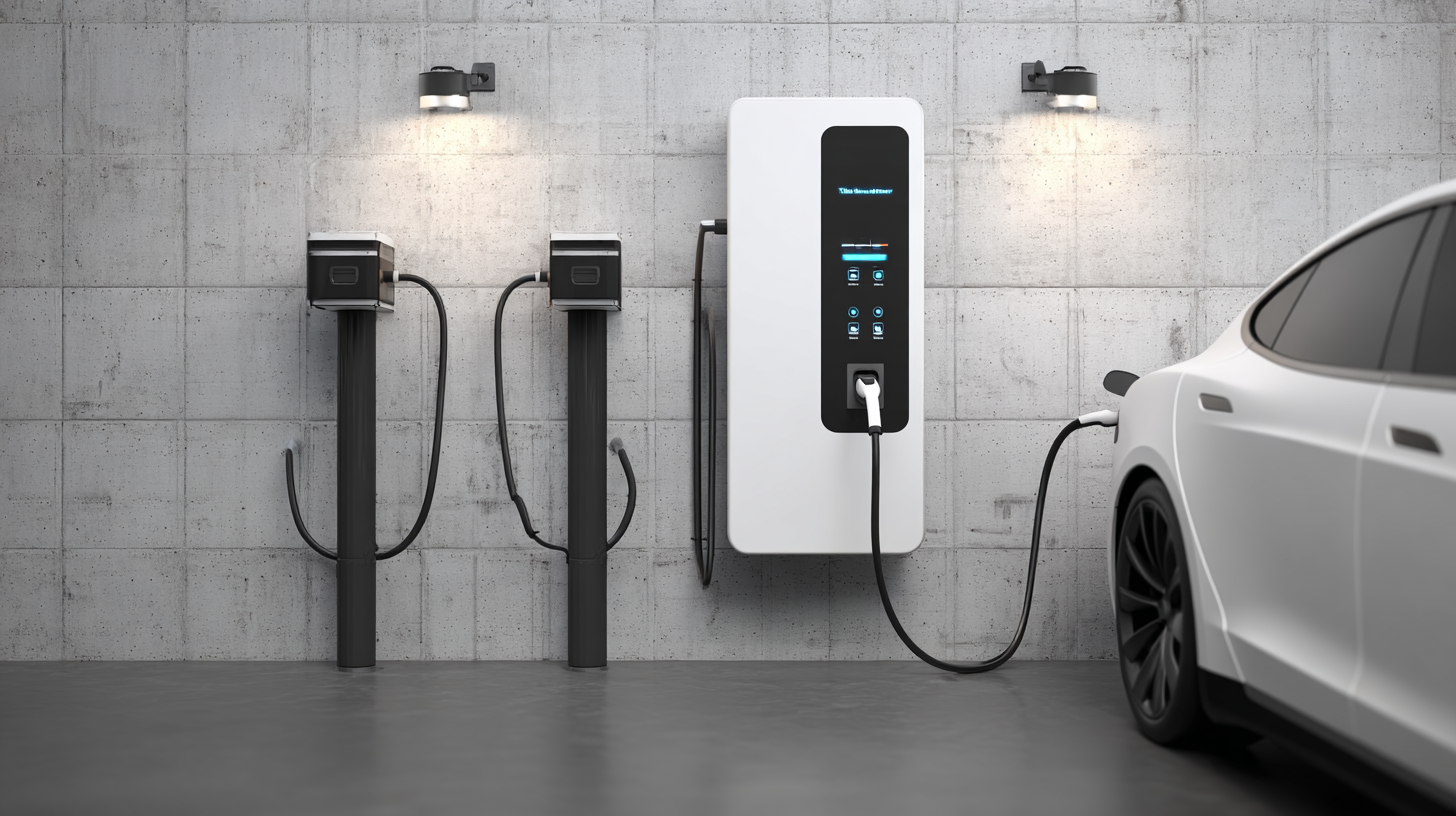
From installation to operation, this guide will delve into the key aspects of these charging stations, providing practical insights on their benefits and functionality, ensuring you are well-prepared to make the switch to electric driving.
Understanding Home Wall EV Charge Stations: Key Features and Benefits
Home wall EV charge stations are becoming essential as the shift towards electric vehicles (EVs) accelerates. These home charging solutions provide convenience and efficiency for EV owners, allowing them to charge their vehicles overnight or during off-peak hours. According to a recent report from the International Energy Agency, the number of electric cars on the road is expected to reach 300 million globally by 2030, highlighting the growing demand for home charging infrastructure.
Key features of home wall EV charge stations include connection types, charging speeds, and smart technology integration. Most charging stations are equipped with Level 2 chargers, which can provide up to 25 miles of range per hour of charging. Additionally, many models offer Wi-Fi connectivity, allowing users to monitor charging status and energy usage through mobile applications. This data-centric approach not only aids in optimizing charging times but can also reduce energy costs, as users can charge their vehicles during cheaper, off-peak electricity hours.
**Tips:** When selecting a home wall EV charge station, consider the compatibility with your vehicle model and the available amperage at your home’s electrical panel. Investing in a smart charger can provide insights into your usage patterns and enable more effective energy management. Always consult with professionals for proper installation to ensure safety and efficiency.
What is a Home Wall EV Charge Station and How Does it Work - Understanding Home Wall EV Charge Stations: Key Features and Benefits
| Feature | Description | Benefits |
|---|---|---|
| Charging Speed | Varies depending on the power output (typically 3.7 to 22 kW) | Faster charging compared to standard wall outlets |
| Installation | Requires a licensed electrician for proper setup | Safe and compliant installation to avoid electrical hazards |
| Compatibility | Compatible with most EV models | Easy integration with different electric vehicles |
| Smart Features | Some units offer app control, scheduling, and diagnostics | Enhanced user experience and remote management |
| Safety Features | Includes overcurrent protection, ground fault protection | Reduces the risk of electrical accidents |
| Cost | Initial installation cost and ongoing electricity costs | Long-term savings compared to gasoline |
Types of Home Wall EV Charge Stations and Their Suitability
 Home wall EV charge stations have become essential for electric vehicle (EV) owners, offering
convenience and efficiency for charging at home. There are several types of home charge stations, each suited to different needs
and vehicle specifications. Level 1 chargers, typically utilizing a
standard 120-volt outlet, are the most accessible and cost-effective for occasional EV users, providing around 4-5 miles of
range per hour. However, for everyday drivers who require a faster recharge, Level 2 chargers, which
operate on a 240-volt supply, can deliver approximately 25 miles of range per hour, making them a more suitable
option for those using their EVs regularly.
Home wall EV charge stations have become essential for electric vehicle (EV) owners, offering
convenience and efficiency for charging at home. There are several types of home charge stations, each suited to different needs
and vehicle specifications. Level 1 chargers, typically utilizing a
standard 120-volt outlet, are the most accessible and cost-effective for occasional EV users, providing around 4-5 miles of
range per hour. However, for everyday drivers who require a faster recharge, Level 2 chargers, which
operate on a 240-volt supply, can deliver approximately 25 miles of range per hour, making them a more suitable
option for those using their EVs regularly.
As the electric vehicle charging station market is set to expand dramatically—from $30.63 billion in 2025 to an estimated
$257.22 billion by 2032—focusing on the right home charger type is vital for maximizing efficiency
and cost-effectiveness. Furthermore, with nearly all EVs expected to access fast charging options like Tesla Superchargers by the end of
2025, the importance of selecting an appropriate home charging solution to compliment fast charging capabilities becomes increasingly clear.
Understanding the options available allows EV owners to make informed decisions tailored to their driving habits and charging needs.
How Home Wall EV Charge Stations Work: A Technical Breakdown
Home wall EV charge stations are becoming increasingly popular as electric vehicles (EVs) continue to gain traction among consumers. These charging units are designed to be installed in residential settings, providing a convenient solution for homeowners to charge their vehicles overnight or during off-peak hours. The technical setup typically includes a dedicated circuit connected to a charging unit mounted on the wall, which interfaces with the vehicle’s onboard charger.
At a fundamental level, home wall EV charge stations convert alternating current (AC) from the electrical grid into direct current (DC) for charging the car battery. The most common charging standards, such as Level 1 and Level 2, cater to different voltage and amperage requirements. Level 1 chargers use a standard 120-volt outlet and are adequate for slow charging, while Level 2 chargers operate on 240 volts, significantly reducing charging times. Many modern stations come equipped with smart technology, allowing users to monitor charging sessions and manage energy usage via mobile apps, enhancing the overall efficiency of EV charging at home.
Home Wall EV Charge Station: Charging Time Comparison
Installation Process for Home Wall EV Charge Stations: What to Expect
When considering the installation of a home wall EV charge station, understanding the process is vital for a seamless experience. Typically, the installation begins with a site assessment by a certified electrician, who will evaluate your electrical system to ensure it can handle the additional load. According to the U.S. Department of Energy, a Level 2 charger, commonly installed at homes, requires a dedicated 240-volt outlet and can deliver up to 25 miles of range per hour of charging, dramatically reducing charging time compared to standard outlets.
Once the assessment is complete, the electrician will outline the installation plan, which includes obtaining necessary permits and choosing the right location for the charger. Most installations take a few hours and involve mounting the unit, wiring it to the electrical panel, and ensuring proper safety measures are in place. It is essential to choose a location that is convenient for parking your EV while considering optimal safety from weather elements.
Tips: When planning your charger installation, ensure adequate clearance around the charging station for ease of access. Additionally, before the installation, check with your utility provider about potential rebates or incentives, as some areas offer financial assistance for installing home EV charging solutions, potentially covering a portion of installation costs.
Cost Analysis: Home Wall EV Charge Stations vs. Traditional Charging Options
When considering charging options for electric vehicles (EVs), the cost analysis of home wall EV charge stations versus traditional charging methods becomes crucial. According to the U.S. Department of Energy, the average cost of home installations ranges from $400 to $1,200, including equipment and installation fees. In contrast, public charging stations often charge per kilowatt-hour, which can lead to costs exceeding $20 for a full charge, depending on the station's pricing model. For frequent drivers, the savings over time from using a home charging station can be significant, amounting to $300 to $500 annually compared to relying on public chargers.
Tip: Invest in a Level 2 home charging station for faster charging times and increased efficiency. While the initial investment is higher, it significantly reduces the time spent charging your EV, making it more convenient for daily use.
Moreover, many states offer tax credits and rebates for home charging station installations, making the upfront costs more manageable. Research suggests that as EV adoption grows, so will the availability and affordability of home charging solutions, making it an increasingly viable option for many EV owners.
Tip: Always compare different types of charging units and install them with a certified electrician to ensure safety and compliance with local regulations.
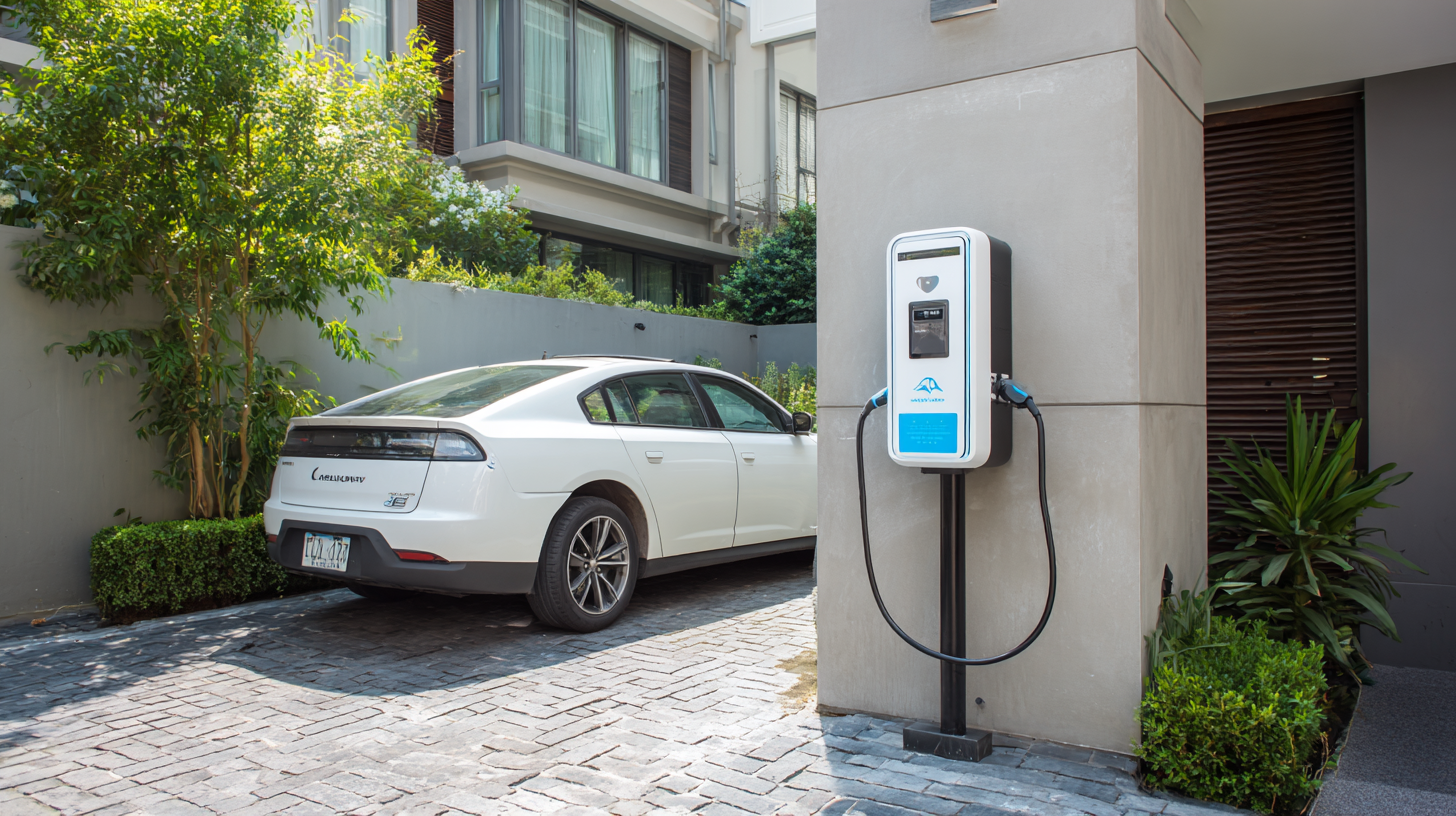
Related Posts
-

7 Compelling Reasons to Choose Home Wall Ev Charge Station for Your Business
-
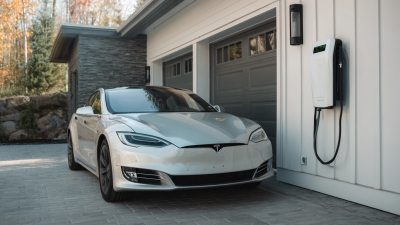
5 Essential Tips for Choosing the Perfect Home Ev Charger
-

7 Compelling Reasons to Choose an Ac Portable Ev Charger for Your Electric Vehicle
-
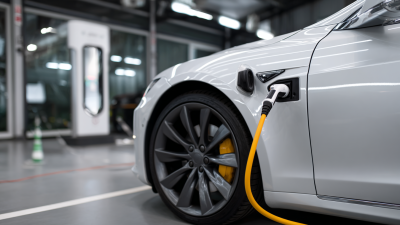
How to Choose the Right AC EV Charging Cable for Your Electric Fleet: A Comprehensive Guide
-

Ultimate Guide to Choosing the Best Ev Fast Charge Station for Your Business
-
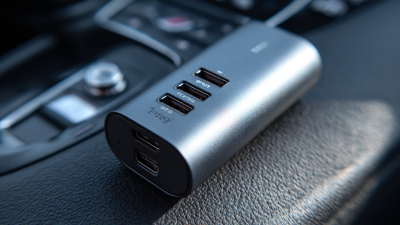
How to Maximize Your EV's Potential with the Ac V2l Adaptor: A Comprehensive Guide

